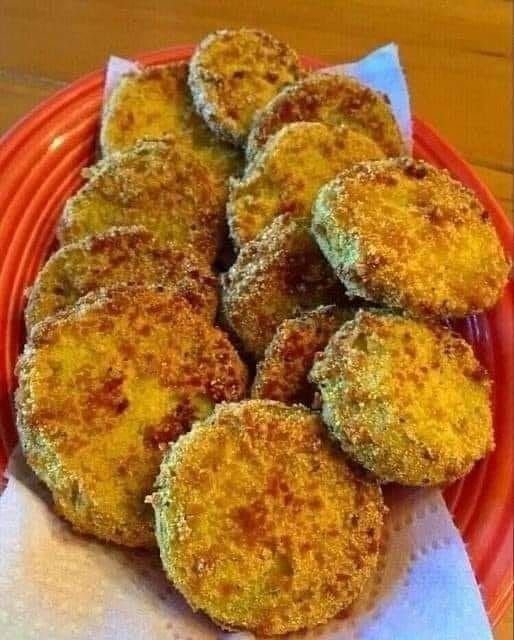Ever find yourself with a glut of green tomatoes at the end of the season? Don’t despair! While red, ripe tomatoes are fantastic, their green counterparts offer a unique flavor and texture that can be surprisingly delicious. But what happens when those green tomatoes start to brown? Let’s dive into what that browning means and what you can do with them.
What Does Browned Green Tomatoes Mean?
(
Seeing your green tomatoes develop brown spots or patches can be a little concerning. It doesn’t always mean they’re going bad, but it *does* signal a change. It’s crucial to understand what’s causing the browning to determine if they’re still edible or best tossed into the compost bin.
Is It Ripening or Rotting?
(
The first thing to consider is whether the browning is a sign of ripening or rotting. Here’s how to tell the difference:
- Ripening: If the brown spots are accompanied by a slight softening of the tomato and a subtle change in color (perhaps towards a pale green, yellow, or even slightly reddish hue), it’s likely just ripening. These tomatoes are generally safe to eat.
- Rotting: If the brown spots are soft, mushy, or sunken, and particularly if there’s mold or a foul smell, the tomato is likely rotting and should be discarded.
Common Causes of Browning
(
Several factors can contribute to browning in green tomatoes:
- Sun Scald: This occurs when tomatoes are suddenly exposed to intense sunlight after being shaded. The affected area becomes bleached, then browned, and eventually leathery.
- Blossom End Rot: Despite its name, blossom end rot can sometimes affect green tomatoes. It presents as a dark, sunken, and leathery spot on the bottom (blossom end) of the fruit, caused by a calcium deficiency. Learn more about blossom end rot (External Link).
- Bruising: Like any fruit, green tomatoes can bruise. A hard impact during harvesting or handling can cause internal damage that manifests as browning.
- Frost Damage: An early, unexpected frost can damage green tomatoes, causing them to turn brown and mushy.
- Natural Ripening: As mentioned before, browning can simply be part of the natural ripening process.
What To Do With Browned Green Tomatoes
(
So, you’ve identified that your green tomatoes are browning. What now? Here’s a guide to help you decide their fate:
Safe To Eat: Ripening and Slightly Bruised
(
If the browning is minimal and appears to be part of the ripening process, or is just a minor bruise, the tomato is likely still safe to eat. You can:
- Cut Away Affected Areas: Simply cut away the brown spots or bruised areas.
- Use in Cooking: Green tomatoes are fantastic fried, pickled, or used in chutneys and relishes. Their tart flavor adds a unique twist to these dishes.
- Allow To Ripen: If the browning is part of the ripening process, you can leave the tomatoes on the vine (if possible) or place them in a paper bag with a ripe banana to encourage further ripening.
Best To Discard: Rotting or Heavily Damaged
(
If the browning is accompanied by the signs of rot described earlier (mushiness, mold, foul smell), or if the tomato is heavily damaged by sun scald or blossom end rot, it’s best to discard it. Composting is a good option to recycle the nutrients back into your garden.
Preventing Browning in the Future
(
Prevention is key to minimizing browned green tomatoes. Consider these tips:
- Provide Adequate Shade: Protect your tomato plants from intense afternoon sun, especially during heat waves.
- Ensure Proper Watering: Consistent watering is crucial for preventing blossom end rot. Avoid letting the soil dry out completely between waterings.
- Support Your Plants: Staking or caging your tomato plants prevents them from falling and bruising their fruit.
- Harvest Before Frost: If a frost is predicted, harvest your green tomatoes and bring them indoors to ripen.
- Amend Your Soil: Test your soil and amend it to ensure adequate calcium levels.
Conclusion
Browned green tomatoes aren’t always a cause for alarm. By carefully examining the tomato and understanding the potential causes of browning, you can determine whether it’s safe to eat, best discarded, or something that can be prevented in the future. Don’t let those end-of-season green tomatoes go to waste! Explore the delicious possibilities of fried green tomatoes, pickles, and other creative culinary uses. Happy gardening and happy cooking!
